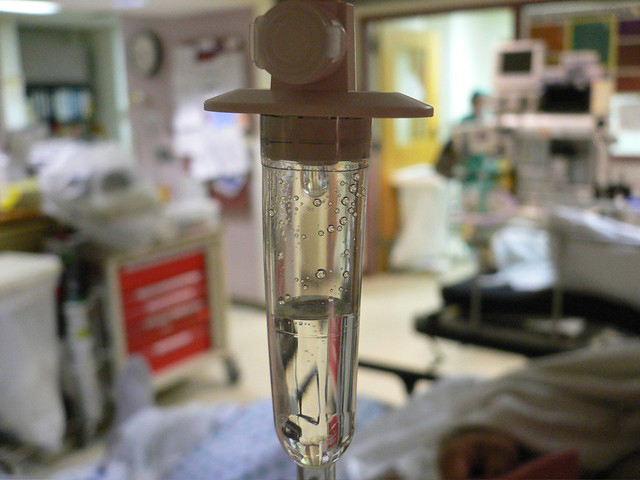In the realm of healthcare, the proper sterilization and maintenance of medical supplies are paramount. From surgical instruments to examination rooms, ensuring that these tools are thoroughly sterilized not only safeguards against the spread of infections but also upholds the integrity of medical procedures. In this comprehensive guide, we delve into the intricacies of sterilization techniques and maintenance practices to uphold the highest standards of safety and quality care.
Understanding Sterilization:
Sterilization is the process of eliminating all forms of microbial life, including bacteria, viruses, fungi, and spores, from surfaces, instruments, and equipment. This is crucial to prevent the transmission of infectious agents between patients and healthcare professionals. There are several methods of sterilization employed in healthcare settings, each with its own advantages and limitations:
1. Autoclaving:
Autoclaving, also known as steam sterilization, is one of the most common methods used in healthcare facilities. It involves exposing items to high-pressure saturated steam at elevated temperatures for a specific duration. This process effectively kills microorganisms and is suitable for a wide range of materials, including surgical instruments, laboratory equipment, and linens.
2. Chemical Sterilization:
Chemical sterilization utilizes liquid or gas chemical agents to disinfect medical supplies. Common agents include ethylene oxide gas and hydrogen peroxide. While effective, chemical sterilization requires proper ventilation and adherence to safety protocols due to the hazardous nature of the chemicals involved.
3. Radiation Sterilization:
Radiation sterilization, using sources such as gamma rays or electron beams, is another method employed for certain medical devices and supplies. This process disrupts the DNA of microorganisms, rendering them incapable of replication. However, it requires specialized equipment and facilities.
Best Practices for Sterilization:
Regardless of the method employed, adhering to best practices is essential to ensure the efficacy of sterilization processes:
Proper Cleaning:
Before sterilization, thorough cleaning of medical supplies is imperative to remove organic material and debris. This can be achieved through manual scrubbing or automated cleaning systems.
Validation and Monitoring:
Regular validation and monitoring of sterilization processes are necessary to verify their effectiveness. This includes using biological indicators, chemical indicators, and physical indicators to ensure that microbial load reduction meets predetermined standards.
Packaging:
Proper packaging of sterilized items is crucial to maintain their sterility until use. Packaging materials should be breathable, yet protective, and compatible with the sterilization method employed. If you are interested in learning more about needles and syringes, you can visit their page to learn more.

Maintenance of Sterile Environment:
In addition to sterilizing medical supplies, maintaining a sterile environment within healthcare facilities is essential to prevent contamination. This involves:
Regular Cleaning and Disinfection:
Frequent cleaning and disinfection of surfaces, equipment, and high-touch areas help minimize the spread of pathogens. Using EPA-approved disinfectants and following manufacturer instructions is key to effective disinfection.
Hand Hygiene:
Proper hand hygiene among healthcare personnel, including handwashing with soap and water or using alcohol-based hand sanitizers, is critical to reduce the risk of transmitting infections.
Environmental Controls:
Implementing measures such as air filtration systems and maintaining appropriate ventilation helps minimize airborne contaminants in healthcare settings.
Conclusion:
Proper sterilization and maintenance of medical supplies are essential pillars of infection control and patient safety in healthcare settings. By employing appropriate sterilization techniques, adhering to best practices, and maintaining a sterile environment, healthcare facilities can uphold the highest standards of care and mitigate the risk of healthcare-associated infections. As guardians of health and safety, it is incumbent upon healthcare professionals to prioritize these fundamental practices in their daily operations.
